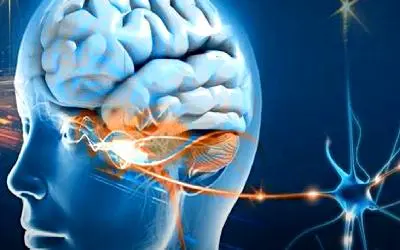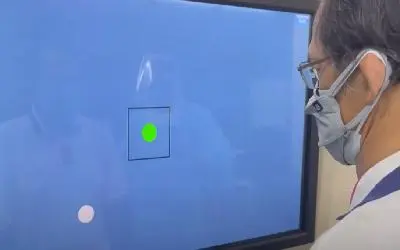Panic attacks cause extreme anxiety due to perceived threats, real or imagined, towards oneself or others. Bowan suggests using vergence therapy, which utilizes the visual-vagus connection, as a potential treatment for panic attacks. During a panic attack, the sympathetic nervous system increases stress, leading to symptoms like rapid heart rate, chest pain (not from the heart), shaking, faster breathing, speech difficulties, nausea, and sweating.
Then, the parasympathetic nervous system overreacts, causing sudden drops in blood pressure and heart rate via the vagus nerve, potentially leading to fainting. The vagus nerve quickly affects various organs. The Valsalva maneuver, trying to breathe out with a closed throat, activates the vagus nerve and can stabilize heart rate and blood pressure.
The oculo-cardiac reflex (OCR) often slows heart rate. It’s known in medicine and veterinary science. During surgeries like strabismus surgery, caution is taken to avoid overstimulating eye muscles, which can slow the heart rate. Prolonged stimulation could even briefly stop the heart. Purposely focusing the eyes together stimulates certain eye muscles, particularly those around the inner part of the eye.



